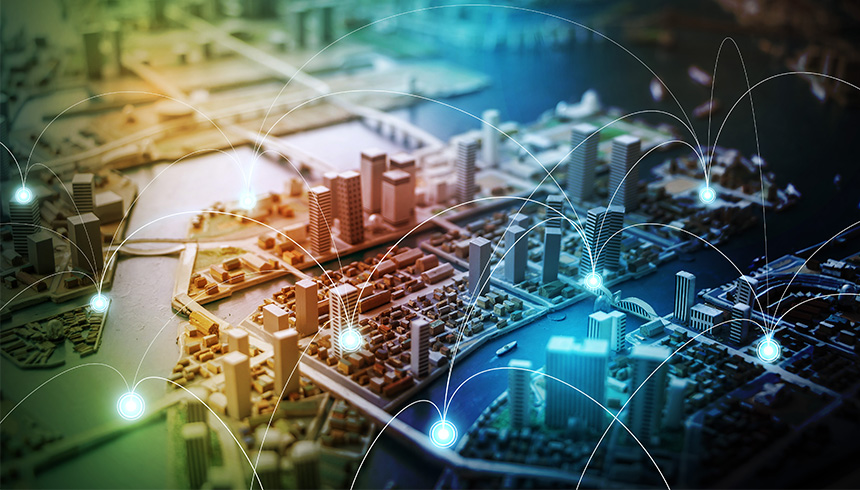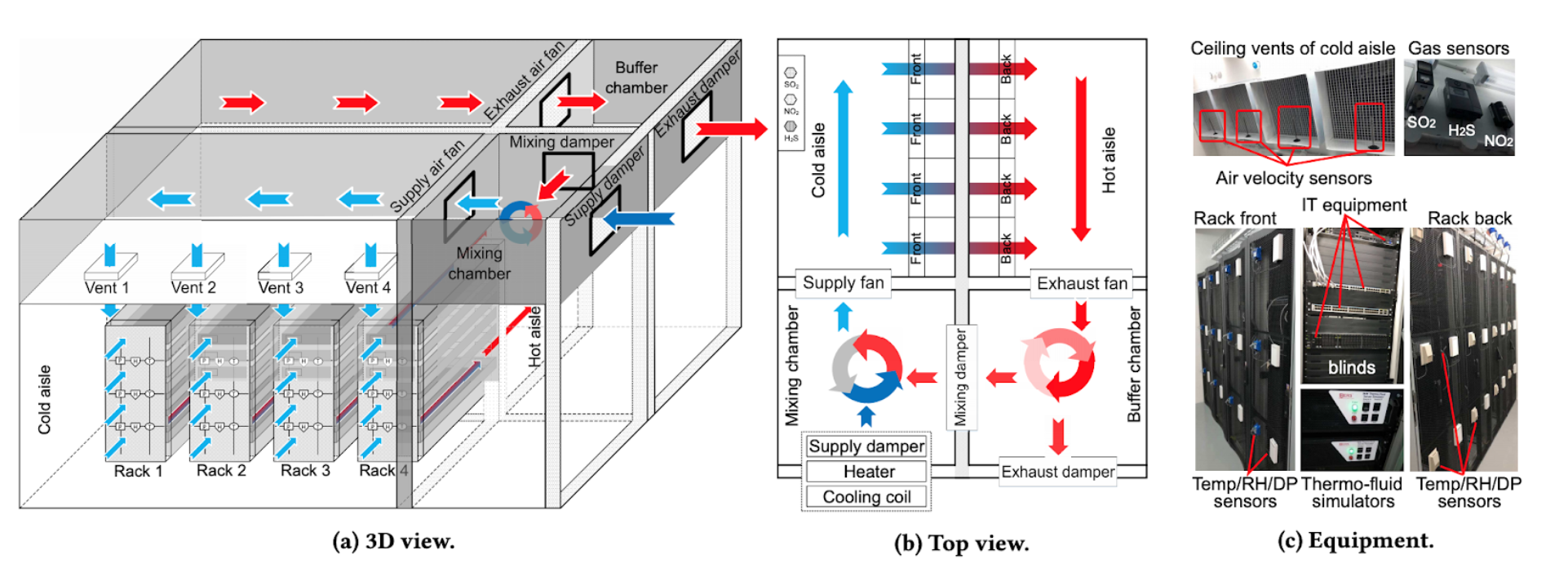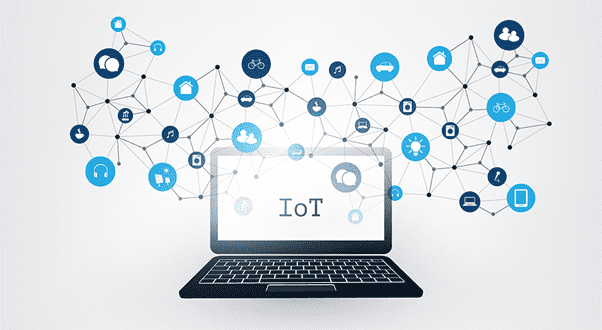
Research Focus
1. IoT sensing systems and applications
 |
a. Powerline radiation sensing The periodic electric and magnetic fields emitted by the service power cables distributed in civil infrastructures provide both time and location information. Our research exploits these fields to develop clock synchronization, natural timestamping, localization, and device authentication services for indoor and wearable IoT objects. |
||
 |
b. LoRa radio sensing LoRa is a low-power wide-area network (LPWAN) technology that can interconnect IoT objects distributed in large geographic areas or deep indoor/underground structures. Its long-range communication capability enables wide-area sensing using its own radio frequency signals. We sense the arrival time, frequency bias, and strength of LoRa signal for data timestamping, network security, and object localization. |
||
 |
c. Acoustic and imagery sensing Acoustic and imagery sensing provides abundant information, but also imposes challenges on efficient processing on resource-constrained IoT objects. With deep learning techniques, we develop coordinated signal processing algorithms running on IoT objects and edge/cloud servers for indoor localization, voice recognition, and image-based object detection systems. Our systems are being deployed to manufacturing production lines. |
||
 |
d. Building sensing We are interested in designing networked sensing systems to monitor the energy consumption and indoor conditions in various types of building environments (households, offices, data centers). Our research work provides enabling technologies for implementing very energy-efficient data centers in Singapore’s year-round hot and humid tropical condition. |
2. Security and privacy of AIoT sensing
 |
a. Secure sensing in AIoT Deep neural networks have brought performance breakthroughs for sensing systems but also undesirable system complexities that may engender security vulnerabilities. The adversarial example attack is such an instance. We design and implement countermeasures that can be used by resource-constrained IoT devices against the adversarial example attack. |
||
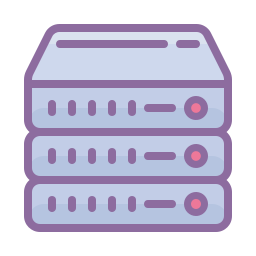 |
b. Privacy-preserving sensing in AIoT Many IoT sensors operate in privacy-sensitive spaces and times. We design efficient approaches for resource-constrained IoT sensors to enable deep neural network-based learning and inference on the sensing data while protecting the users’ privacy. |

Secure sensing in AIoT
Main contributors from the group: Qun Song (topic coordinator), Zhenyu Yan

Image modified from this, credit goes to the source. Also refer to this paper for background
By 2025, it is estimated that there will be more than 41.6 billion networked IoT devices. These IoT devices generate 79.4 zettabyes data yearly, which is almost twice of today’s whole Internet (44 zettabytes). Transmitting such massive IoT data to the clouds for centralized processing will face communication bandwidth bottleneck. In addition, the communication networks will introduce uncertain time delays that are undesirable for many applications. To cope with these grand challenges, edge computing moves the computation on the IoT data closer to the data sources. Specifically, the IoT sensors and the last-mile data aggregators, acting as edge nodes, will undertake a significant portion of the computation on the IoT data; only data summaries and commands will be exchanged between the edge nodes and the cloud servers through the Internet when needed. As such, a hybrid computing paradigm consisting of edge computing at the front end and cloud computing at the back end will prevail along with the formation of IoT as a global infrastructure.
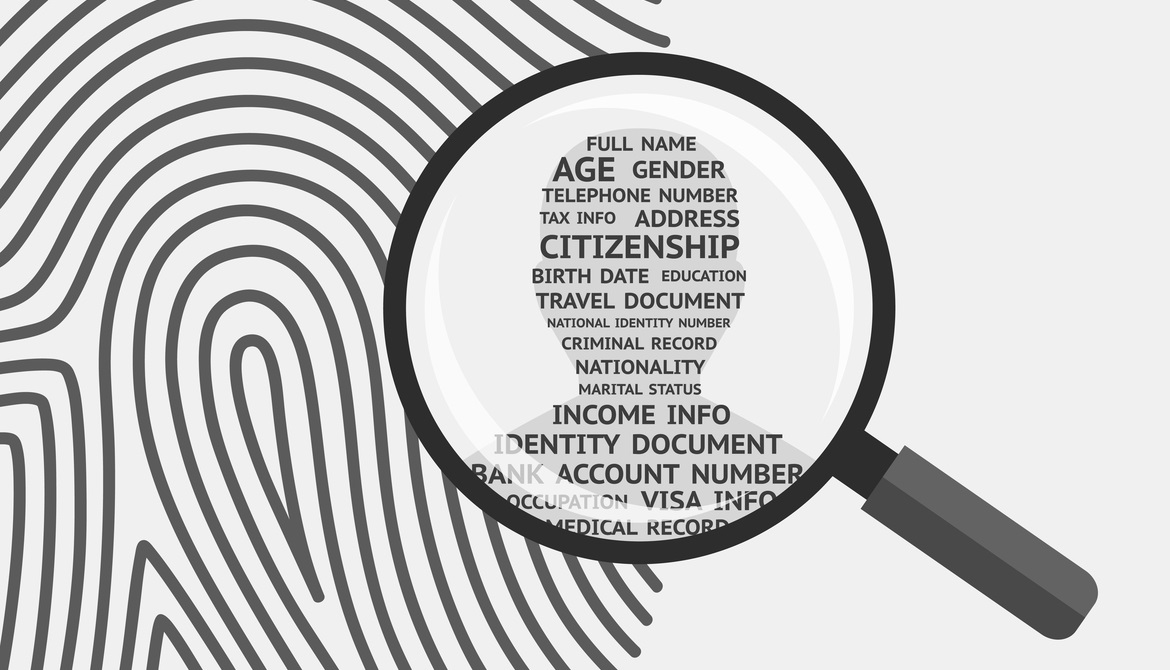
Privacy-preserving sensing in AIoT
Main contributors from the group: Linshan Jiang (topic coordinator), Chaojie Gu, Mengyao Zheng (alumnus), Dixing Xu (alumnus)
Privacy-Preserving Machine Learning in IoT
As explained in our post, a hybrid computing paradigm consisting of edge computing at the front end and cloud computing at the back end will prevail along with the formation of IoT as a global infrastructure. In addition, the deep neural network-based learning and inference will be important for improving the sensing performance of IoT systems. In a number of scenarios, the IoT edge and the cloud back end need to work together to implement AI-empowered sensing, during which privacy-sensitive data generated at the edge may be exchanged between the edge and the cloud. The group has ongoing research on designing and evaluating privacy-preserving learning and inference approaches in AIoT systems. Our challenge paper (PDF) provides a taxonomy of the existing privacy-preserving learning and inference approaches.

